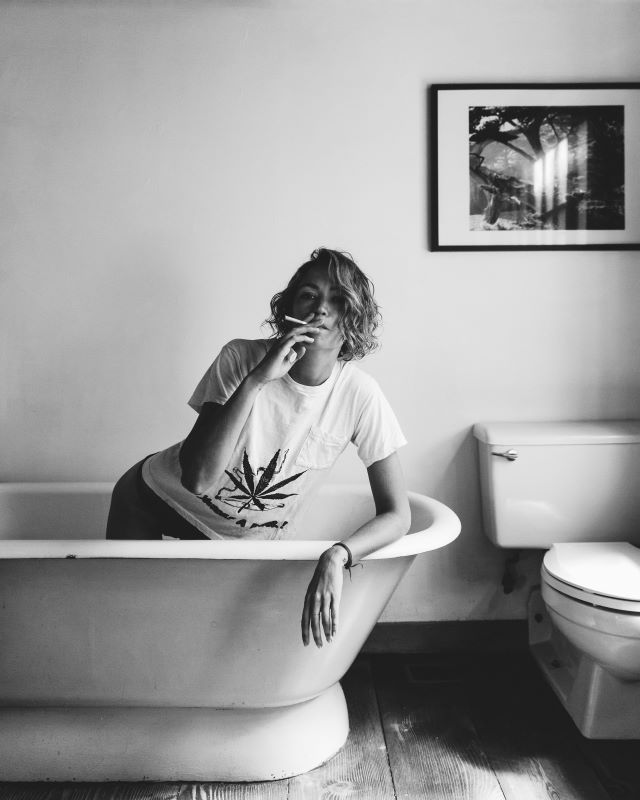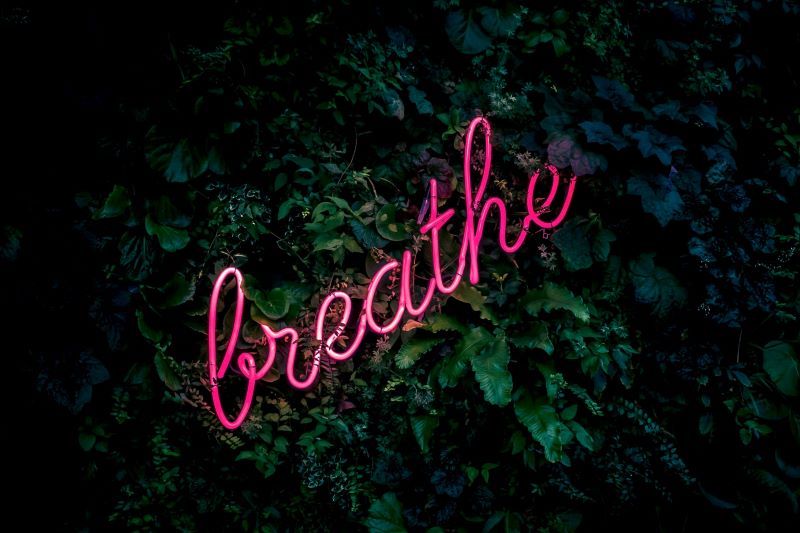Many people have already jumped on the Dry January movement, a monthlong cold-turkey sobriety challenge to kick off their New Year’s resolutions to get healthier. At the same time, cannabis communities are seeing a rise in those who identify themselves as “Cali Sober,” meaning that these individuals don’t drink or partake in drugs, but do consume weed or psychedelics. But what happens when the high from cannabis use is too much?
Whether you’re Cali Sober, attempting the Dry January challenge, or are just looking for a simple way to soothe an overly potent high, here are some of the best tips on how to reduce your weed consumption.

What Does “Too High” Mean? Do I Need to Reduce My Weed Consumption? When Should I Seek Help?
Data from the 2018 Global Drug Survey showed that 1 in 3 recreational cannabis consumers would like to smoke weed less or otherwise reduce the frequency with which they find themselves being “too high.” But what does “too high” mean?
Honestly, it’s is a subjective phrase. While no deaths have ever been caused by an overdose of smoking weed, every individual’s cannabis experience will differ based on factors like physical health, age, weight, environment and delivery method. Your cannabis use is within your own control – and if you find yourself developing bad habits or being negatively affected by certain kinds of highs, it's time to look at how to reduce your weed consumption.

Set Goals For Your Cannabis Use
Wake and bake isn’t as productive as it sounds. For some people, getting high early in the day means that they’ll stay that way, impeding their ability to get things done. Make a plan to start consuming your weed later; Florida Gulf Coast University’s Prevention & Wellness program suggests that delaying the first cannabis use for a few hours can help the body adjust to doing more activities sober.
Also, keep a written record of how much cannabis you’re consuming each day and through which methods. You can track your progress and hold yourself more accountable by charting when you’ve chosen to smoke half a joint or 10 milligrams of an edible.
Track Your Spending Habits: What Are Other Ways You Could Fill That Function?
While recording your marijuana use, keep an eye on how much money you’re allotting to cannabis-related expenses. If you’re seeking to reduce your cannabis use and only allow a certain amount of money to go towards marijuana each month, you’ll be more inclined to stick to a budget. Make the most of this by selecting a couple of high-quality cannabis purchases using your monthly allowance, or by prioritizing items in different categories. For example, you may want a few drops of a cannabis tincture every day, but you only need that curated live resin concentrate for special occasions.

Water Will Break Your High
If you’ve overindulged and your high’s sticking around, turn to the basics of nature. Staying hydrated is a necessity for a healthy lifestyle, particularly when consuming cannabis. The THC travels through our bloodstream directly to our brain, hitting faster in delivery methods like smoking, vaping or dabbing. But drinking water will help flush the THC out, allowing your body to “pause” so you can come down from the high more easily.
Will Taking a Shower Reduce Weed Consumption?
Showers might not reduce your daily weed intake, but according to Weedmaps, the cold water will help break your high when you need to come down quickly. Cold showers (30-90 seconds long at around 40 degrees Fahrenheit) trigger deep breathing, which increases oxygen levels and cardiac function, improves circulation, and lowers blood pressure.
Additionally, a 2008 study recorded in the National Library of Medicine found that cold showers can decrease symptoms of depression. So while you might not see a huge effect on your personal weed habit, adding those short refreshing dips to your daily routine might just help your productivity overall.
Go Suck a Lemon
Seriously! Did you know that lemons can lessen the psychoactive effects of THC? This is because lemons contain terpenes – compounds found in plants, including cannabis, that produce flavor and biological reactions – with the predominant terpene being limonene. When limonene is absorbed into the body, it stimulates an anti-anxiety response to alleviate negative effects of cannabis use.
If you want to break a high, drink some homemade lemonade. Ensure the juice is squeezed straight from the lemon and add a bit of zest from the peel, because the outer rind has the highest limonene concentration. (For extra juice, roll the lemons on a flat surface before squeezing.)
Could adding fresh lemons to your regular diet help reduce your weed intake? It’s hard to tell, but an extra dose of limonene throughout the week could certainly help calm your nerves.

Cannabis Consumption Relief Gets Spicy
Another terpene has been proven to break overly-potent highs: Beta-caryophyllene, found in black peppercorns, will chemically counteract the effects of THC in cannabis. Like its fellow compound, beta-caryophyllene will produce a calming effect, and many people who have reported chewing on black peppercorns to come down from smoking weed also said doing so helped them to feel less depressive and more alert.
Musician Neil Young explained to Howard Stern that chewing black peppercorns was his favorite method of coming down from a cannabis high. At least you know it gets cool points.
CBD to Reduce THC Highs
Using a cannabis product to reduce your weed intake? Sounds counterintuitive, but it really does work. CBD is a compound found in cannabis that promotes many beneficial effects in the body, from anxiety and pain relief to improving focus and helping with sleep. If you’re a heavy cannabis consumer looking to come down more easily from your highs, a few drops of CBD oil tincture taken orally will soften the negative effects brought on by too much THC.
When consumed on a regular basis or used to treat anxiety and pain, CBD has been shown to help people titrate down their amounts of less healthy substances, such as alcohol and opioid medications. Those seeking a more balanced existence for a sober lifestyle would do well by incorporating some CBD items into their daily routine.

Stay Calm and Get Support
Feeling panic after cannabis use? Stay calm and focus on your breathing. Take conscious breaths, relax your body, and try to take a nap if needed.
Light meditation exercises work well to reduce any paranoid effects that strong weed may bring on. And if you want to get accustomed to using less cannabis overall, you can make meditational practices a daily ritual. Other activities to help center yourself can include yoga and free-writing or journaling.
Don’t be afraid to get support from others on this journey. Whether you need a companion to help you relax in that moment of anxiety from a highly-potent cannabis session, or a long-term accountability partner to keep your meditations on track, having a circle of people that you trust is key to meeting this challenge.
Be Aware of Withdrawal Symptoms and Don’t Give Up!
No matter what your favorite cannabis delivery method is, the effort to reduce your weed intake can be a long one. You don’t have to go – and shouldn’t – go cold-turkey, and you shouldn’t feel pressure to give up if your progression isn’t measuring up to your expectations.
Be aware of symptoms as you try different approaches to change your habits. You may experience sensations including loss of appetite, sadness, irritability, and chills as you go on your journey. Let loved ones close to you know what you’re going through, and talk to your doctor about the safest way to reduce your cannabis consumption.

Which Approach Works Best for Quitting Marijuana?
When all is said and done, which of these approaches works best for either quitting marijuana (remember, no cold-turkey) or reducing your weed intake? The answer is up to you! Smoking weed should be pleasurable and an activity used for healing and relaxation. If Mama Ganja isn't working for your body the way she's meant to, it's time to get back to basics. Keep calm and you'll weather the storm of marijuana withdrawal, no matter what your cannabis consumption preferences.



